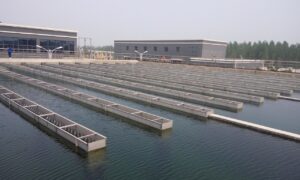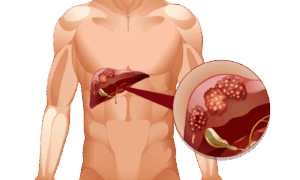Varicose veins have become a common health problem among many adults and elders. For some people, varicose veins might be painful to deal with, while it would be mildly uncomfortable with others. People suffering from varicose veins have likely tried multiple home remedies to reduce the pain. But, it would be advisable to consult varicose vein treatment from a medical professional.
Apart from home remedies, the treatment or cure for varicose veins provided by medical institutions and healthcare professionals has been unknown or unheard of by most people. When you detect early signs of varicose veins or experience any symptoms, it would be essential to get medical treatment at the earliest. Otherwise, the severity could increase and become difficult to cure.
What are the symptoms of varicose veins?
Before getting to know what is used in the treatment of varicose veins, it is necessary that you become aware of the symptoms. Looking out for early signs of varicose veins will help you resolve the health issue before it becomes severe and incurable.
One of the most easily recognizable symptoms of varicose veins is purple, blue, or gnarled veins under the skin’s surface. Other symptoms might include pain, itching, swelling, skin discoloration, and ulcers for varicose veins.
- Heavy legs
You might feel heaviness in the muscle of your legs. Feeling heavy, sluggish, or tired legs are early signs of varicose veins. You will likely have varicose veins if you feel heaviness in your legs after walking, running, or any other physical activity.
- Bulging veins
Veins appearing twisted, swollen, or rope-like in purple or blue color are a sign of varicose veins. Bulging veins might be visible under the surface of your skin on your feet, ankles, and feet. You will likely develop varicose veins in clusters. Spider veins may also appear and constitute a symptom of varicose veins.
How are varicose veins treated?
As mentioned earlier, varicose veins appear close to the surface of the skin and are fairly visible. Many medical professionals and healthcare providers will diagnose varicose veins by conducting a physical examination and using condition-specific medication for each patient. A doctor might try to feel your veins and examine them while you are standing and sitting.
A healthcare provider will likely use ultrasound to obtain detailed and clear images of veins for further treatment. Ultrasound is entirely safe and painless. The doctor will use ultrasound by using sound waves to produce images of the tissues inside the body. Ultrasound technology is known for displaying blood clots and how walls inside the body are working



































